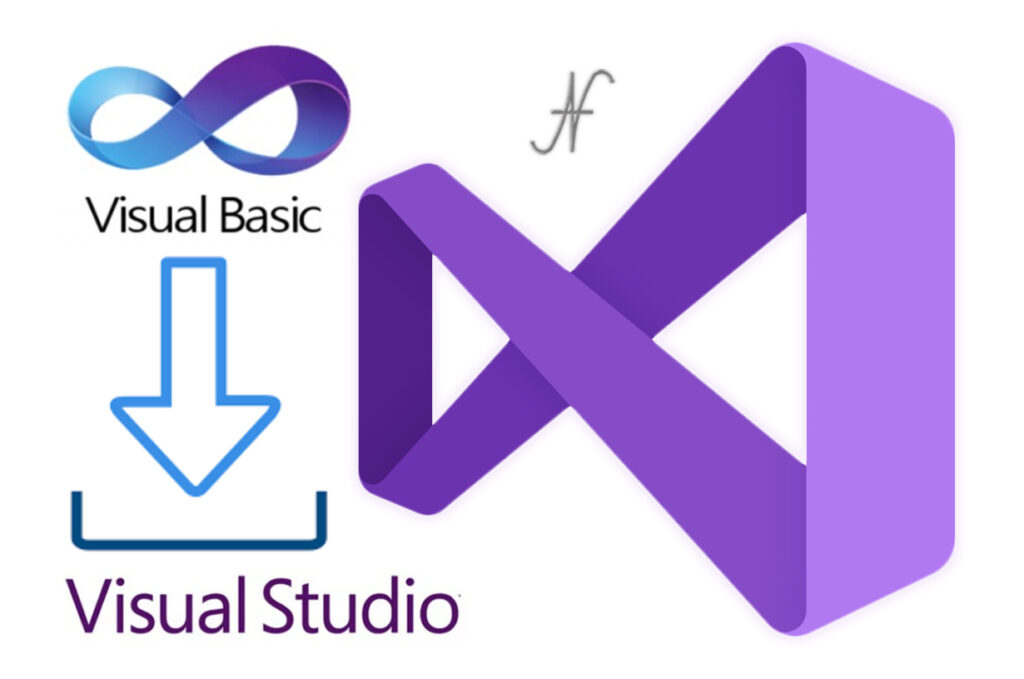
Free eBooks for Beginners
File compression is a technique that is used to reduce the size of a file. This is useful when you want to save space on your computer or when you want to send a file over the internet. Compression can also be used to protect sensitive information by encrypting the data in the file. In this article, we will discuss file and folder compression in Visual Basic .NET (VB.NET), a popular programming language that allows developers to create a wide range of applications.
File compression is a two-step process. The first step is to compress the file, which reduces its size. The second step is to decompress the file, which restores it to its original size. There are many different algorithms that can be used to compress a file. The most popular algorithm is called Deflate, which is used by the popular ZIP file format.
To compress a file in VB.NET, you can use the DeflateStream class. This class allows you to compress a file by wrapping it in a DeflateStream object. Once the file is wrapped in a DeflateStream object, you can use the Read() and Write() methods to read and write data to the file.
To decompress a file, you can use the InflateStream class. This class allows you to decompress a file by wrapping it in an InflateStream object. Once the file is wrapped in an InflateStream object, you can use the Read() and Write() methods to read and write data to the file.
It’s also possible to compress and decompress a whole folder with VB.NET, for this you can use the ZipFile class. This class allows you to compress and decompress the files and folders in a directory by creating a zip archive. You can use the CreateFromDirectory() method to compress a folder and the ExtractToDirectory() method to decompress a folder.
Another aspect of file compression and decompression is error handling. This is the process of anticipating and handling errors that may occur while working with files and folders. For example, if a user tries to compress a file that does not exist, an error will occur. To handle this error, you can use the Try-Catch block statement. This statement allows you to specify what should happen if an error occurs.
In conclusion, file and folder compression is a technique that is used to reduce the size of a file or a group of files and folders. VB.NET provides a number of classes and methods that make it easy to work with compression and decompression. Understanding the basics of file and folder compression is important for every programmer, as it allows you to save space, send files faster and protect sensitive information. As a beginner, it’s important to practice working with compression and decompression and error handling in order to improve your coding skills.
Cookbook – VisualBasic.NET for Beginners – Chapter 14 : File and Folder Compression
 Loading...
Loading...
Disclaimer: The information and code presented within this recipe/tutorial is only for educational and coaching purposes for beginners and developers. Anyone can practice and apply the recipe/tutorial presented here, but the reader is taking full responsibility for his/her actions. The author (content curator) of this recipe (code / program) has made every effort to ensure the accuracy of the information was correct at time of publication. The author (content curator) does not assume and hereby disclaims any liability to any party for any loss, damage, or disruption caused by errors or omissions, whether such errors or omissions result from accident, negligence, or any other cause. The information presented here could also be found in public knowledge domains.
Learn by Coding: v-Tutorials on Applied Machine Learning and Data Science for Beginners